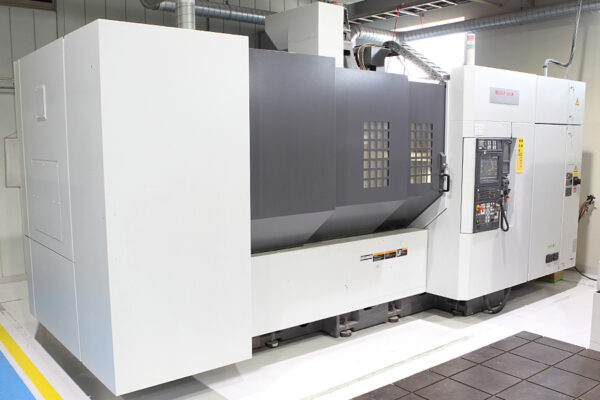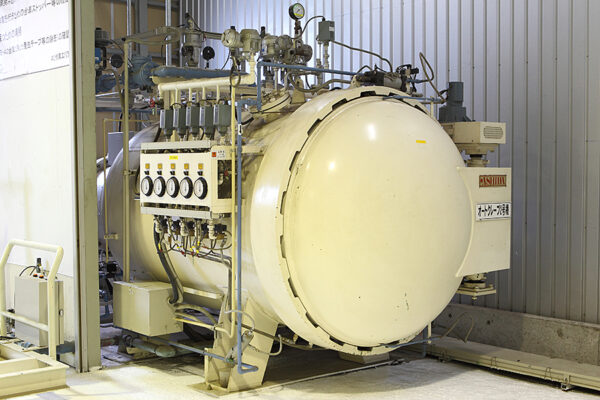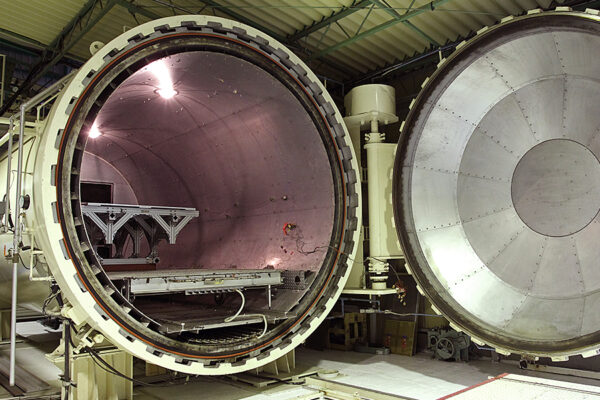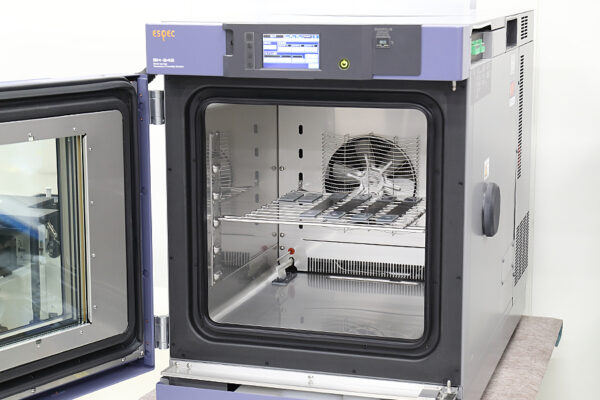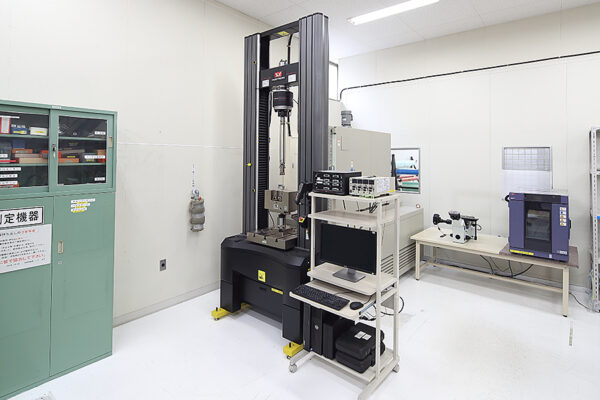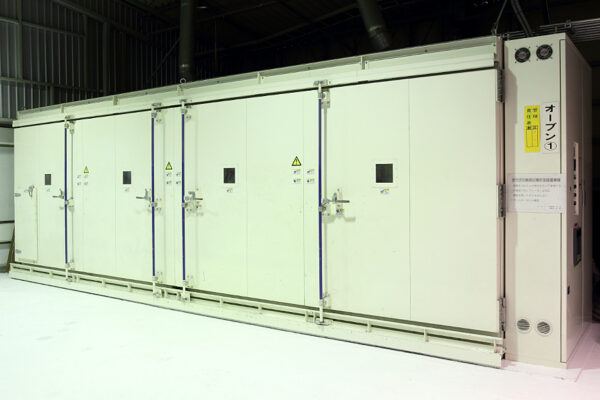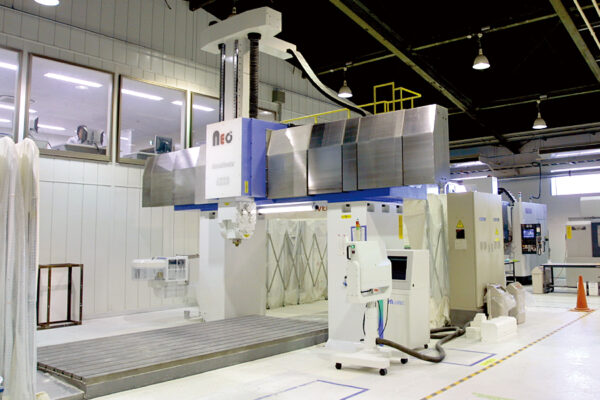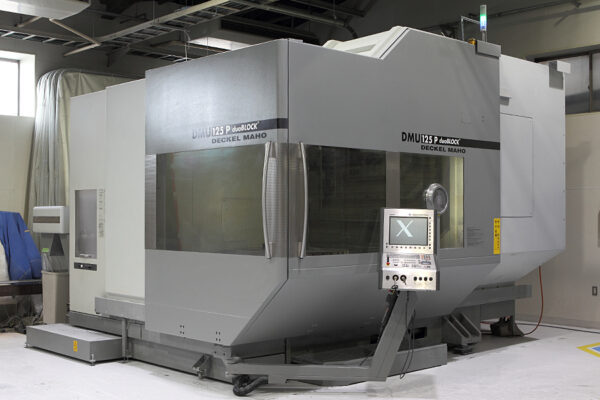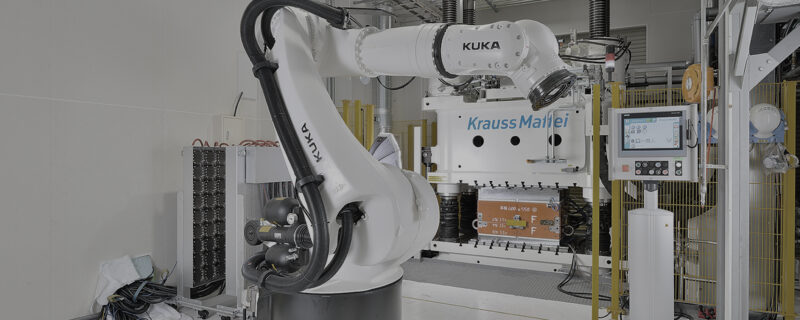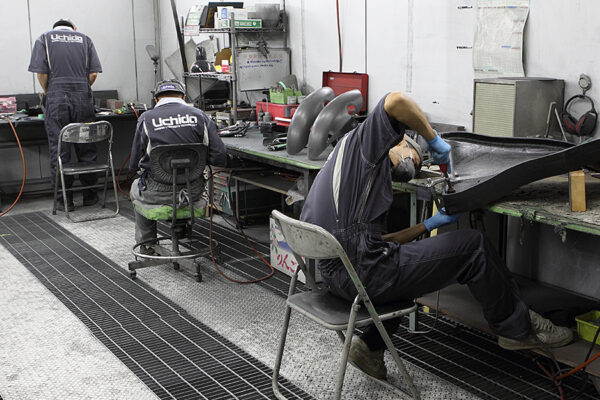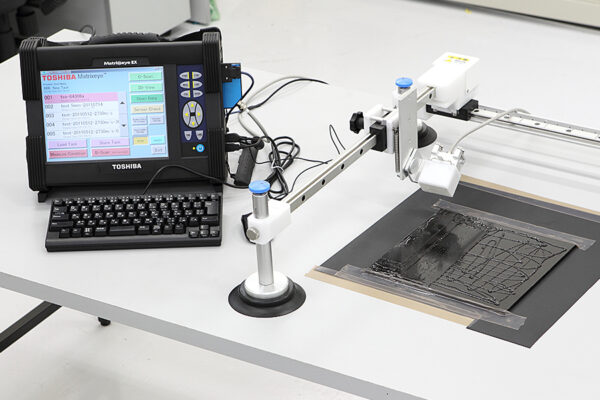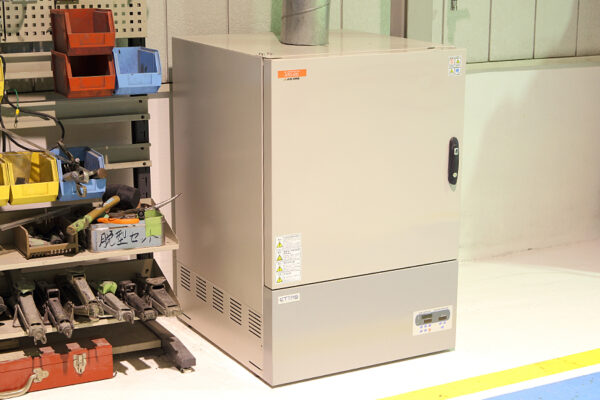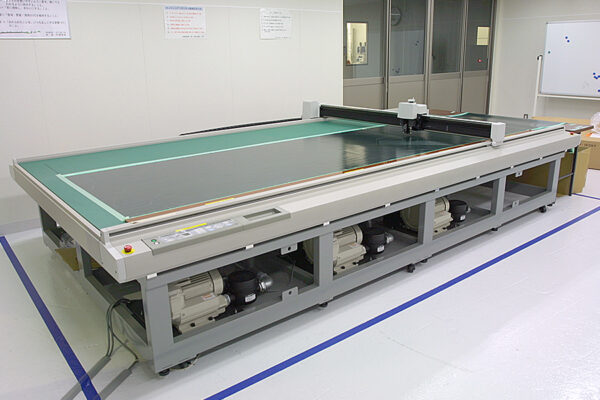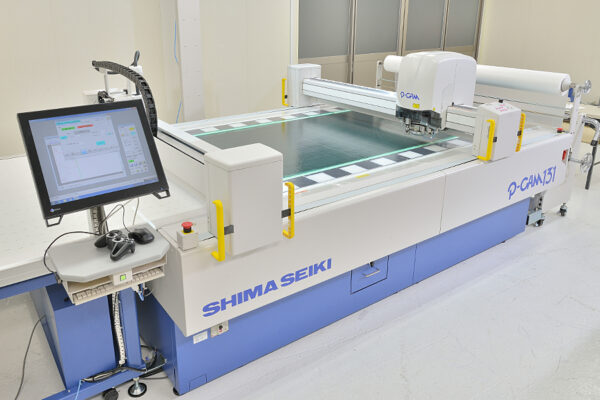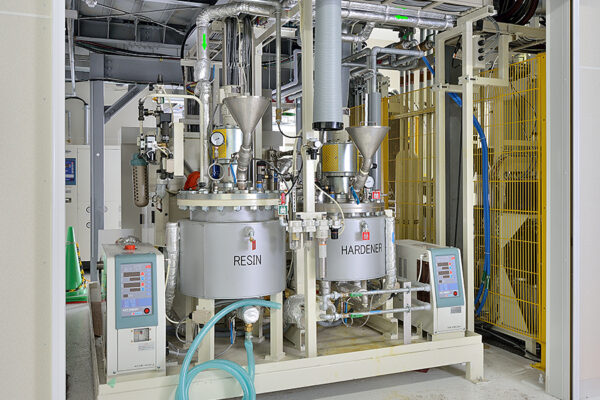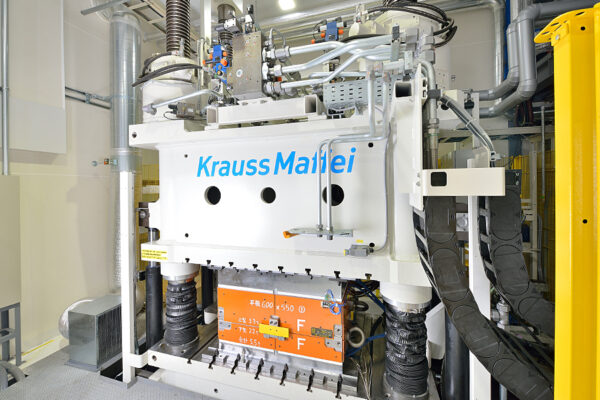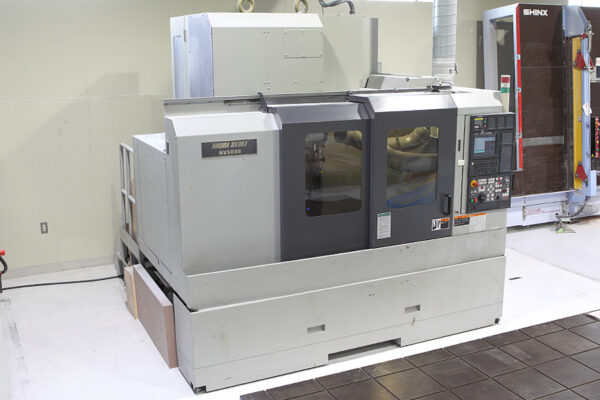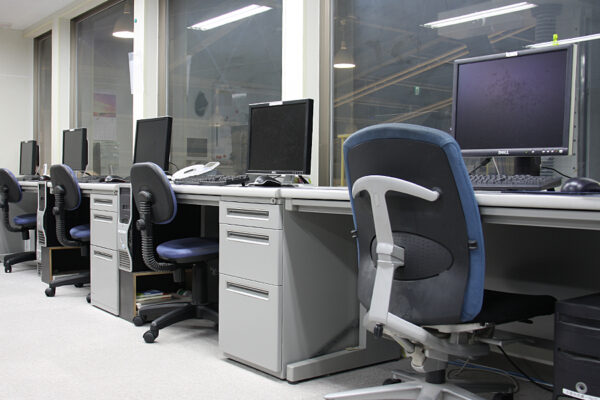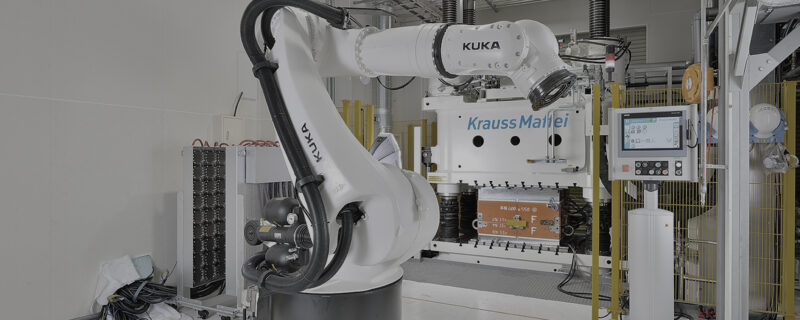Composites:What are They?
Composite materials, commonly referred to as composites, are new materials produced from a composition of two or more base materials that exhibit unique or enhanced qualities (e.g. tensile strength, rigidity, ductility) not found in a single material. While “composites” broadly denotes a composition of a reinforcing material and a base (matrix) and includes a range of materials such as alloys and ceramics, in most cases, it refers to a combination of plastic (resin) matrix and fiber reinforcements.
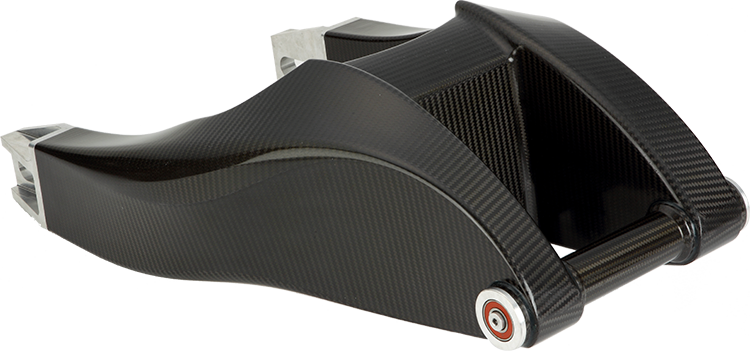
Fiber Reinforced Plastic (FRP): What is it?
Fiber Reinforced Plastic (FRP) is the general term given to plastic polymers which are combined with fibers to produce a composite material: any material produced from a combination of two or more different material types. The fiber reinforcements offer unique and strength-enhancing properties not found in pure plastic, making it possible to create structures that are ighter and stronger than those made with plastic alone.
As FRP is generally reinforced with glass fiber it is interchangeably referred to as Glass Fiber Reinforced Plastic or fiberglass. The first letter of the acronym denotes the type of reinforcing fiber used: G refers to glass fibers, C refers to carbon fibers and A stands for aramid fibers.

The Peak of FRPs: Carbon Fiber Reinforced Plastic (CFRP)
Most FRP applications utilize glass fibers as the reinforcing material, whereas CFRP is a carbon fiber-specific composite. Carbon fiber is a fiber material produced by carbonizing acrylonitrile (PAN) fibers or pitch, a by-product of petroleum, coal, or coal tar and is classified according to the raw materials used: PAN-based carbon fiber for the former, and Pitch-based carbon fiber for the later. The impressive lightweight qualities and superior strength of CFRP makes it the popular material of choice in aviation, automobile, and sporting equipment industries.
Key Characteristics of Carbon Fiber
- One-fourth the specific gravity of iron.
- Ten times the specific strength of iron.
- Seven times the specific modulus of elasticity, compared to iron.
In addition to its renowned “strong, lightweight, and non-corrosive” properties, carbon fiber showcases a range of other features such as X-ray permeability, electrical conductivity, thermal resistance, and low expansion.
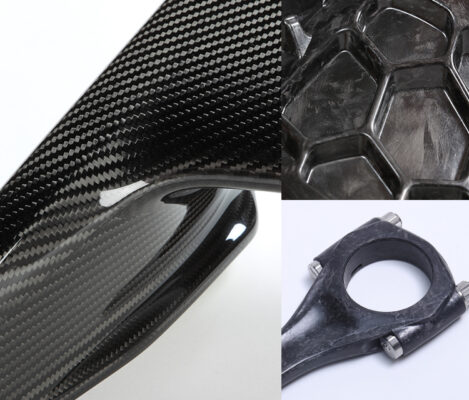
Examples of Composite Materials
Here is a list of some the main types of composites available:
Fiber Reinforced Plastics
FRP, GFRP, and Fiberglass.
Carbon Fiber Reinforced Plastics
CFRP
Aramid/Kevlar Fiber Reinforced Plastics
AFRP/KFRP
Carbon Fiber Reinforced Carbon Composites
arbon-carbon (C/C), Carbon Fiber Reinforced Carbon (CFRC), Reinforced Carbon-carbon (RCC)
Metal Fiber Reinforced Plastics
Fiber-reinforced materials such as aluminum and SUS.
Plywood
Various types of wood.
Reinforced Concrete
Concrete fortified with reinforcing steel bars
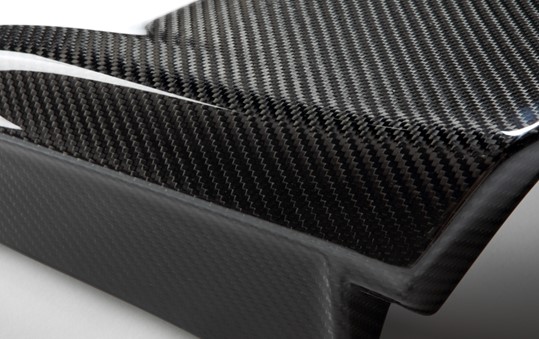
History of Composite Materials
Composite materials have been around since ancient times with examples stemming back to Before Christ (BC). Some examples include:
Earthen Houses and Walls
Walls of houses were made from combination of natural hemp and soil.

Earthenware and Pottery
Soils were mixed with crushed shells to make objects less susceptible to cracking and more heat resistant.
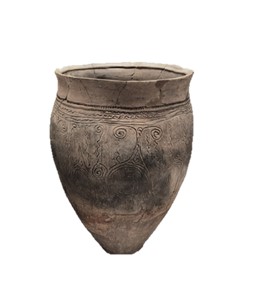
Composite materials have thus been a familiar part of everyday living for thousands of years.
The emergence of reinforced concrete in the 1860s, continual developments in glass fiber since the 1930s, and later advancements in synthetic fibers have since given rise to new cutting-edge composites and the higher functionality we enjoy today.
More recent years have seen an increase in naturally derived fiber and bio-based plastics in response to the SDGs initiatives and growing concerns of environmental issues such as CO2 reductions, global warming, and critical depletion of fossil fuel.
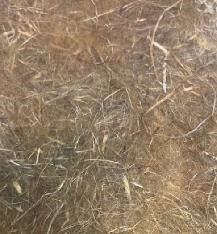
Examples of Using Composites in our Everyday
Whether we know it or not, we use a wide range of composites in our everyday life.
Fiber Reinforced Plastic (FRP)
In the Home
Waterproofing of bathtubs, washing basins, piping, verandahs, and roofing
For Fun
Rides and equipment in playgrounds, amusement and theme parks, and games centers
In Sports
Tennis racket, fishing rods, surfboards, golf shafts, and baseball bats
In Our Motorbikes or Cars
Aerodynamic and cowl exterior components.
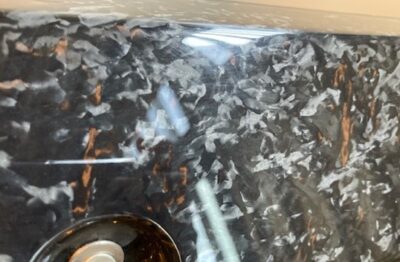
This is just a small glimpse into how composites are all around us in our everyday. Carbon Fiber Reinforced Plastics (CFRP) is a form of FRP with even lighter and stronger advantages. As we currently cannot produce CFRP in the same price range as FRP, its application is often limited to high-end products in aviation and luxury or supercar industries. This is due, mainly, to the cost of materials and complex manufacturing processes.
Summary
This issue looked at composites in our everyday living and environment. Fiber reinforced plastic fuses resin plastic with reinforcing fibers to create a combined highly moldable and ultra-strong new material. While FRP exhibits a range of advantages, there are numerous challenges including issues surrounding manufacturing complexity, productivity, and recyclability. There are many factors to consider but hopefully this has offered you a clearer overview. See you in the next issue.
Related useful contents
You can explore related content by clicking on a topic of interest.
ABOUT UCHIDA - 55 years since our founding
We leverage a wealth of technical expertise as a CFRP molding and processing manufacturer using FRP, GFRP, and CFRP materials. We offer a one-stop solution, encompassing design, analysis, manufacturing, secondary processing, assembly, painting, quality assurance, and testing.
UCHIDA's equipment
We have cutting-edge equipment to ensure that we can address even the most advanced challenges of our customers.
Video Library
In the following video, we provide a detailed overview of our manufacturing process. Please feel free to watch and learn more.


